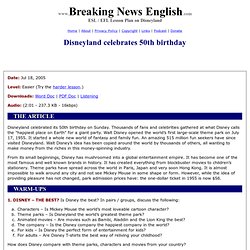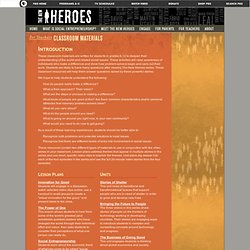

Global Warming 101 Lesson Plans for Grades 6-12. Energy Consumption Rates across the USA and the World. Climate LiteracyAbout Teaching Climate Literacy A combination of strategies is needed to reduce greenhouse gas emissions. The most immediate strategy is conservation of oil, gas, and coal, which we rely on as fuels for most of our transportation, heating, cooling, agriculture, and electricity. Short-term strategies involve switching from carbon-intensive to renewable energy sources, which also requires building new infrastructure for alternative energy sources. Long-term strategies involve innovative research and a fundamental change in the way humans use energy. About Teaching the Guiding Principle Other materials addressing GPe Energy Literacy Excellence in Environmental Education Guidelines Benchmarks for Science LiteracyLearn more about the Benchmarks Industry, transportation, urban development, agriculture, and most other human activities are closely tied to the amount and kind of energy available.
Explore the map of concepts related to this benchmark Teaching Tips About the Science. Graphing the Extent of Sea Ice in the Arctic and Antarctic. In this activity, students learn about sea ice extent in both polar regions (Arctic and Antarctic). They start out by forming a hypothesis on the variability of sea ice, testing the hypothesis by graphing real data from a recent 3-year period to learn about seasonal variations and over a 25-year period to learn about longer-term trends, and finish with a discussion of their results and predictions.
Activity takes about 30-45 minutes. Discuss this Resource»Learn more about Teaching Climate Literacy and Energy Awareness» Topics Grade Level Activity can possibly be a homework assignment at high school level, but should be done in class at the middle school level. Regional Focus Climate LiteracyAbout Teaching Climate Literacy Based on evidence from tree rings, other natural records, and scientific observations made around the world, Earth’s average temperature is now warmer than it has been for at least the past 1,300 years. About Teaching Principle 4 Other materials addressing 4e Teaching Tips. Breaking News English ESL Lesson Plan on Disneyland. Disneyland celebrated its 50th birthday on Sunday.

Thousands of fans and celebrities gathered at what Disney calls the "happiest place on Earth" for a giant party. Walt Disney opened the world’s first large-scale theme park on July 17, 1955. It started a whole new world of fantasy and family fun. An amazing 515 million fun seekers have since visited Disneyland. Walt Disney’s idea has been copied around the world by thousands of others, all wanting to make money from the riches in this money-spinning industry. From its small beginnings, Disney has mushroomed into a global entertainment empire. 1.
Characters – Is Mickey Mouse the world’s most loveable cartoon character? How does Disney compare with theme parks, characters and movies from your country? 2. 3. Disneyland / 50th birthdays / Walt Disney / theme parks / fantasy / family fun / global brands / EuroDisney / Hong Kong Disneyland / Mickey Mouse Have a chat about the topics you liked. 4. 5. 1. 2. 3.
WHICH WORD? Literature Learning Guides & Teacher Resources. Lesson Plans. Paso Partners - Integrating Mathematics, Science and Language: An Instructional Program. The New Heroes . For Teachers: Classroom Materials. These classroom materials are written for students in grades 6-12 to deepen their understanding of the world and related social issues.

These activities will raise awareness of individuals who make a difference and show how problem-solvers begin and carry out their work. Students are likely to have many questions after viewing The New Heroes series. These classroom resources will help them answer questions raised by these powerful stories. We hope to help students understand the following: How do people really make a difference? As a result of these learning experiences, students should be better able to: Recognize both problems and potential solutions to local issues. These resources contain two different types of materials to use in conjunction with the video series in your classroom.